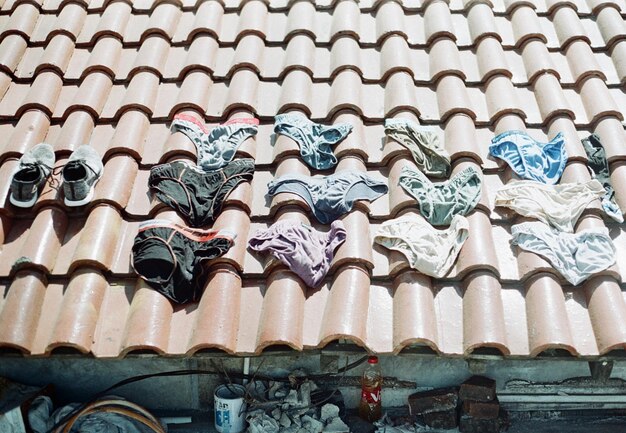What to Expect When Budgeting for Roof Repairs
When you notice a leak in your ceiling or a few missing shingles, your first thought might be about the cost of a roof repair. Roof repairs can become an unexpected expense, making it crucial to understand what you're dealing with, cost-wise, before climbing the ladder or calling a professional.
Factors Influencing Roof Repair Costs
The cost of roof repair depends on various factors. Here’s a breakdown to help you understand what might affect your budget:
- Size of the Repair Area: A small patch job might only require a few hundred dollars, whereas extensive damage can quickly escalate costs.
- Type of Roofing Materials: Asphalt shingles, metal roofing, slate, or tile—each has its own price point. Asphalt shingles tend to be cheaper, whereas materials like slate or metal can significantly increase costs.
- Roof Pitch and Accessibility: Steeper roofs or those with difficult access require more time and effort to repair, thus increasing labor costs.
- Extent of Water Damage: If water damage has affected the underlayment or roof deck, repairs become more complex and costly.
- Labor Rates in Your Area: Prices vary widely depending on your location and the local cost of living.
On average, roof repairs in the U.S. can range from approximately $300 to $1,500, with more severe cases potentially reaching several thousand dollars. It’s a significant outlay for most households, so knowing where to find financial assistance is beneficial.
Exploring Financial Assistance for Roof Repairs
Accessing financial aid can alleviate the burden of roof repairs, particularly if you're operating on a tight budget:
Home Improvement Grants: These are available through federal, state, and local programs. Programs like the USDA's Section 504 grants offer assistance to low-income homeowners.
Government Loans: The FHA 203(k) loan might be an attractive option if you need comprehensive roofing work financed through a mortgage refinance or as part of a larger home renovation project.
Insurance Claims: If the damage was due to a covered event (e.g., a storm), homeowners insurance might cover a portion of the repair costs. It’s wise to review your policy details and consult with your insurance provider.
Nonprofit Assistance: Organizations like Habitat for Humanity might offer repair assistance or referrals in certain areas, often free or at a minimal cost.
Further Financial Relief Options
For those who need extra financial support, other options might be available to make your roof repair expenses more manageable:
Low-Interest Credit Cards: Some credit card providers offer lower interest rates or deferred interest plans for emergency repairs. Always be mindful of the repayment terms.
Home Equity Loans or Lines of Credit: These can provide a flexible source of funds, often at a lower interest rate compared to personal loans.
Community Development Block Grants (CDBG): These government-funded programs are designed to support community development, including necessary home repairs, for eligible individuals.
Taking time to explore these options can help you manage the cost of roof repair more effectively, ensuring your home remains safe and secure without financial strain. A proactive approach, coupled with strategic financial planning, can alleviate the stress of unexpected home repairs.
Quick Reference: Financial Aid for Roof Repairs
- 🏢 Home Improvement Grants: Check eligibility through government and nonprofit organizations.
- 🏠 Government Loans: FHA 203(k), USDA Section 504 loans.
- 📄 Insurance Claims: Review your coverage for potential claims.
- 🤝 Nonprofit Help: Seek assistance from groups like Habitat for Humanity.
- 💳 Credit Solutions: Consider low-interest credit cards or home equity options.
Implementing these strategies can safeguard your home and financial well-being, helping you navigate the complexities of roof repair costs with confidence and clarity.
